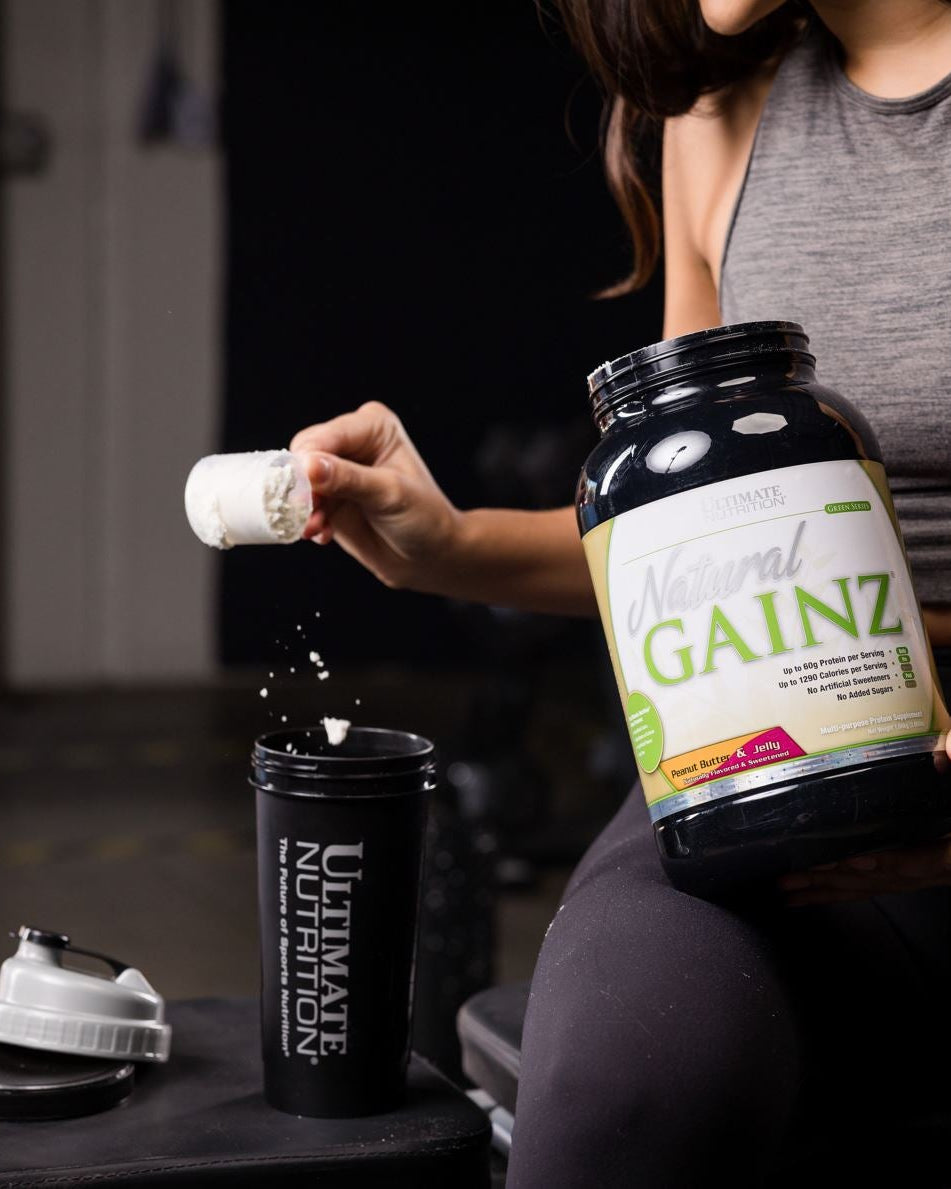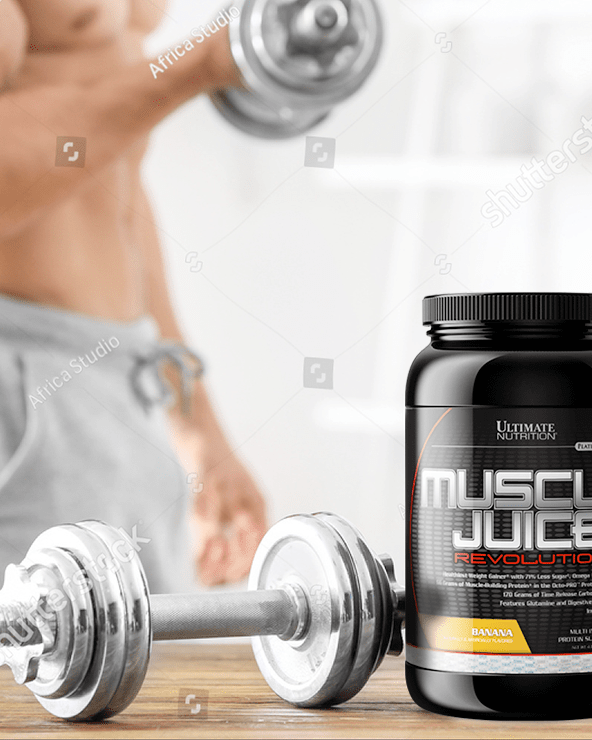Are you looking to tame your joint pain, increase mobility, and boost your physical performance?
Glucosamine and chondroitin are naturally occurring compounds found in human cartilage. In tandem, they aid cartilage’s ability to support your body’s connective tissues and cover joint surfaces, promoting healthy bone movement with minimal friction, shock, or damage.
In recent years, manufacturers combined these compounds into a popular if somewhat controversial supplement that aims to help reduce joint pain in sufferers worldwide.
Let’s analyze the supplement, detailing its basic characteristics, uses, dosages, effectiveness, and safety profile to help YOU decide if glucosamine chondroitin should join your pursuit of healthy, pain-free joints.
The Omnipresence of Joint Pain
To understand the public appetite for supplements like chondroitin glucosamine, it’s first essential to understand the widespread prevalence of joint issues.
Joint pain and stiffness is an affliction affecting 1 in 4 Americans – over 80 million people – due primarily to aging, injuries, and types of arthritis like osteoarthritis, rheumatoid arthritis, and gout.
For some people, joint issues are fleeting, resolving on their own in days or weeks. Scientists classify this as “acute” joint pain.
For others, joint pain becomes a debilitating, long-term condition that significantly affects their quality of life and demands treatment through physical therapy, medication, or experimental/alternative methods. Scientists classify this as “chronic” joint pain.
With no out-and-out “cure” for either affliction, many joint pain sufferers are left to their own devices to find the best course of action to reduce their discomfort.
Enter glucosamine and chondroitin:
Glucosamine and Chondroitin Uses
According to its manufacturers, glucosamine chondroitin is a dynamic duo supplement that uses cartilage made in a lab or taken from animals like pigs, cows, and shellfish to support human cartilage structure.
If taken consistently alongside a nutritious diet and a healthy lifestyle, the joint supplement aims to protect chondrocytes, essential cells that promote thriving cartilage less prone to deterioration. Over time, this process can purportedly reduce joint pain by fighting inflammation, often in conjunction with physical therapy or other medications/treatments.
The supplement is especially popular for patients unable to take nonsteroidal anti-inflammatory drugs (NSAIDs) but still needing pain relief.
Dosage
As previously discussed, glucosamine and chondroitin are practically always sold together as a single supplement.
Typically, versions of this supplement offer 1,500 mg glucosamine sulfate and 1,200 mg chondroitin sulfate in the form of a single pill.
It is also worth noting that manufacturers often combine chondroitin and glucosamine with various other ingredients, including rosehip, vitamin c, turmeric, ginger, and Boswellia.

Controversy
In 2018, a National Institute of Health (NIH) study claimed that more than 6.5 million Americans took some form of glucosamine chondroitin in the last 30 days. If even remotely correct, this figure suggests that the supplement is among the most popular treatments for joint pain.
Understandably, this popularity yields increased scrutiny from the greater scientific community. This scrutiny in the last few years led to a controversy surrounding glucosamine, chondroitin, and their joint (pun unintended) use.
Osteoarthritis
One of the primary claims of glucosamine chondroitin manufacturers is that their supplement can provide pain relief to those suffering from common types of arthritis – including osteoarthritis.
This claim features prominently in numerous marketing campaigns for the supplement. It is an obvious reason for its skyrocketing popularity as an over-the-counter (OTC) treatment in the United States and a prescribed option in Europe.
However, numerous studies show chondroitin is incapable of treating the pain associated with osteoarthritis of the knee or hip. The National Institute of Health (NIH) finds the supplement largely ineffective, and the British Medical Association flatly states it “does not reduce joint pain or have an impact on the narrowing of joint space.”
Research surrounding glucosamine’s potential to treat osteoarthritis pain is less definite but still doubtful.
According to the National Institute of Health (NIH), the National Institute for Health Care and Excellence (NICE), Harvard Medical School, and the American College of Rheumatology, glucosamine supplementation is not a reliable way to reduce pain associated with knee or hip osteoarthritis.
In a quote, NICE – a health care institute centered in the United Kingdom, where glucosamine chondroitin is a prescription joint health supplement – explicitly tells medical professionals to “not offer glucosamine or chondroitin products for the management of osteoarthritis.”
Safety
Despite the controversy surrounding them – and a lack of Food and Drug Administration (FDA) approval – the best glucosamine chondroitin supplements are considered safe for consumption by experts at the National Institute of Health (NIH), Arthritis Foundation, Harvard Medical School, and the Mayo Clinic.
However, as with any form of medication, there is a range of possible side effects associated with glucosamine chondroitin, including:
- Stomach Distress: pain, gas, bloating, nausea, diarrhea, constipation
- Hair Loss
- Puffy Eyelids
- Headaches
- Heartburn
It is also crucial to mention that patients that take warfarin – a “blood thinner” promoting smooth blood flow and preventing blood clot formation – should NOT take glucosamine or chondroitin.
Similarly, if you have asthma, shellfish allergies, diabetes, or high blood pressure, you should be very cautious about using this supplement and always seek medical advice before doing so.

Should You Take Glucosamine and Chondroitin?
Deciding to take any health or dietary supplement – even a relatively safe one – is never a decision to take lightly.
While articles like this and rigorous scientific studies published by organizations like the National Institute of Health (NIH) and Harvard Medical School serve as highly informative introductions to glucosamine chondroitin, no amount of internet research can determine if a supplement is right for YOU.
As always, we recommended speaking to a medical professional before undergoing supplementation. Consultation with a qualified doctor is the best way to understand the nature of your joint issues and the best way(s) to treat the unpleasant symptoms that go along with them.
For more information on boosting your lifestyle, nutrition, and training for a healthier, happier you, check out all our other Ultimate Nutrition articles.
If you do chose to move forward with adding Glucosamine and Chondroitin into your daily routine, we’ve got you covered. Our Glucosamine & Chondroitin & MSM is highly dosed to provide maximum joint flexibility and mobility support.
Each triple-stacked serving contains 1,500mg of Glucosamine Sulfate, 1,200mg of Chondroitin Sulfate, and 1,200mg of MSM.





















